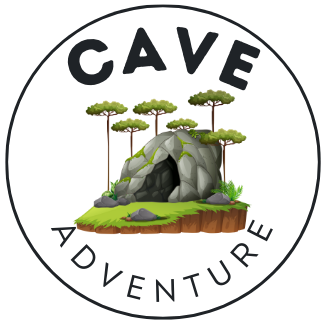welcome to cave.travel
Explore the Hidden Wonders Beneath Our Feet
Your comprehensive guide to the fascinating world of caves.
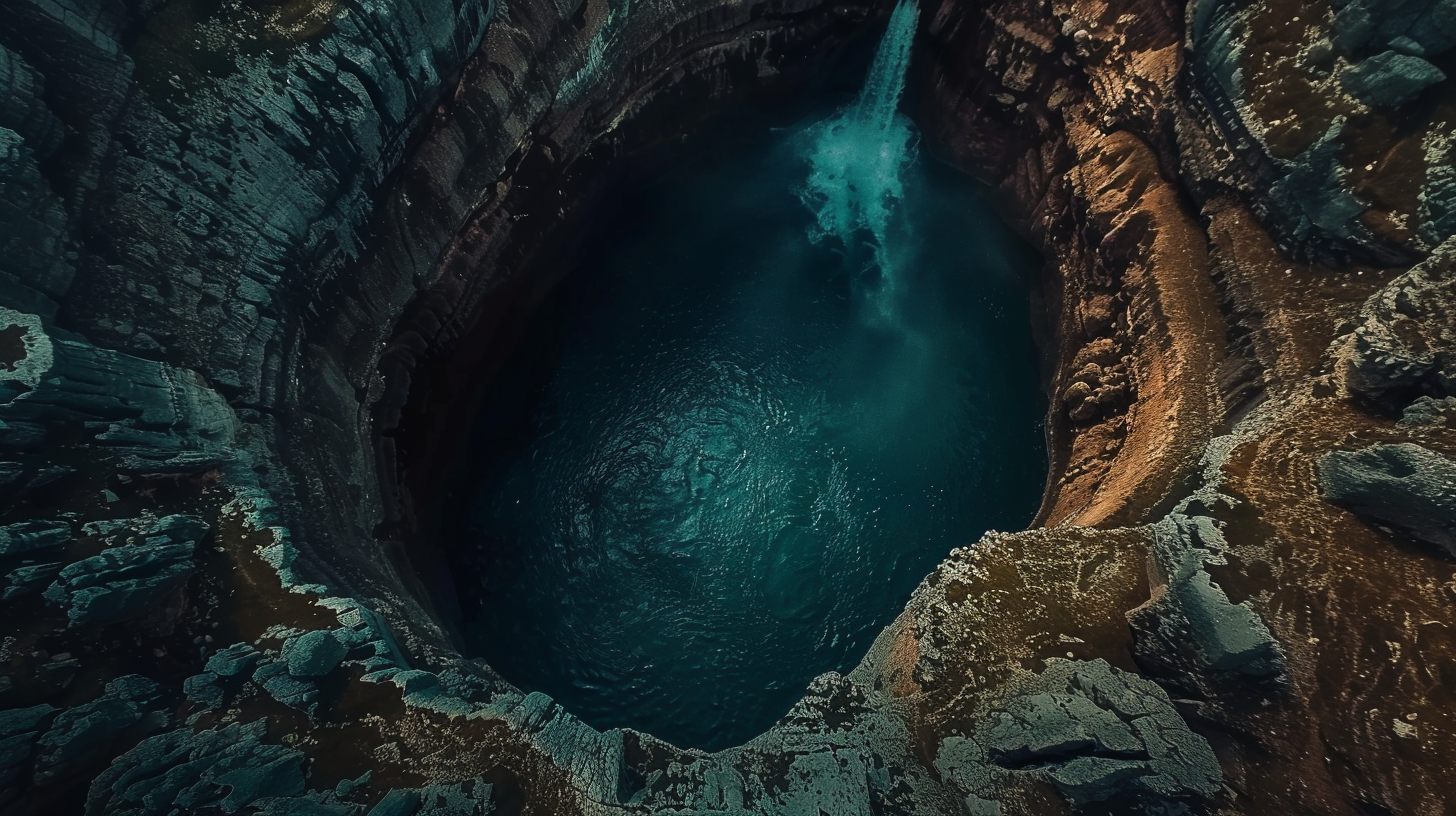
Types of Caves
Have you ever wondered about the mysterious world beneath our feet? Caves, nature’s underground marvels, come in a stunning variety of forms. From winding solution caves to fiery lava tubes, each type tells a unique story of geological processes and time. Let’s embark on a journey to explore the fascinating world of cave types!
- Solution Caves
• Most common type, formed by dissolution of soluble rocks
• Example: Mammoth Cave, Kentucky, USA – world’s longest known cave system (400+ miles mapped)
• Primary rock types: Limestone, dolomite, gypsum
• Formation time: Can take 10,000 to 100,000+ years - Lava Tubes
• Formed by flowing lava that develops a hardened crust
• Example: Kazumura Cave, Hawaii – longest lava tube (40.7 miles)
• Temperature during formation: 700°C to 1,200°C
• Cooling time: Several weeks to months - Sea Caves
• Carved by wave action in coastal cliffs
• Example: Fingal’s Cave, Scotland – 72 feet high, 270 feet deep
• Formation rate: Highly variable, can be as fast as a few mm per year in soft rocks - Glacier Caves
• Formed within or beneath glaciers
• Example: Paradise Ice Caves, Mt. Rainier, USA (now mostly collapsed)
• Ice thickness: Can form in glaciers 20-30 meters thick
• Lifespan: Often ephemeral, changing seasonally - Talus Caves
• Formed by rock falls creating voids between boulders
• Example: Pinnacles National Park caves, California, USA
• Boulder size: Can range from car-sized to house-sized - Anchialine Caves
• Coastal caves with connections to fresh and salt water
• Example: Blue Holes of the Bahamas
• Depth: Some extend over 100 meters below sea level
• Water layers: Often show distinct haloclines (salinity gradients) - Rock Shelters
• Shallow cave-like features in cliff faces
• Example: Bhimbetka rock shelters, India – used by humans for 100,000+ years
• Depth: Typically 5-15 meters deep - Eolian Caves
• Carved by wind-blown sand and debris
• Example: Wind Cave, South Dakota, USA (despite the name, it’s primarily a solution cave)
• Formation rate: Can be relatively rapid in soft rocks, 1-10 mm per year - Tectonic Caves
• Formed by movements in the Earth’s crust
• Example: Víðgelmir Cave, Iceland – 1,585 meters long
• Associated with: Fault lines, folded rock layers - Artificial Caves
• Human-made for various purposes
• Example: Wieliczka Salt Mine, Poland – 178 miles of tunnels
• Depth: Can reach over 1,000 feet below surface in some mines
Cave Formation
The most common cave-forming process is dissolution, primarily affecting carbonate rocks like limestone and dolomite. Here’s how it works:
- Carbonic Acid Formation:
• Rainwater absorbs CO2 from the air and soil, forming weak carbonic acid (H2CO3)
• pH of this slightly acidic water: typically 5.6-6.5 - Rock Dissolution:
• The acidic water slowly dissolves the carbonate rock
• Dissolution rate: About 0.01-0.1 mm per year in typical limestone - Time Frame:
• Large cave systems can take 100,000 to 1,000,000+ years to form
• Example: Mammoth Cave (Kentucky, USA) – estimated age: 10 million years
Rushing Waters: Mechanical Erosion
In some cases, caves form through the mechanical action of water:
- Erosion rate: Can be much faster than dissolution, up to several mm per year
- Example: Veryovkina Cave (Abkhazia, Georgia) – World’s deepest known cave at 2,212 meters (7,257 feet)
The Heat of Creation: Lava Tubes
Volcanic activity creates another type of cave through a different process:
- Formation temperature: 700°C to 1,200°C
- Cooling time: Several weeks to months
- Example: Kazumura Cave (Hawaii, USA) – Longest known lava tube at 65.5 km (40.7 miles)
The Freeze and Thaw: Glacier Caves
Glacier caves form within ice, shaped by meltwater and air movement:
- Formation temperature: Around 0°C (32°F)
- Lifespan: Often seasonal, changing shape and size annually
- Ice thickness: Can form in glaciers 20-30 meters thick
The Power of Waves: Sea Caves
Coastal erosion creates stunning sea caves:
- Wave impact force: Can exceed 30,000 kg per square meter
- Erosion rate: Highly variable, from millimeters to centimeters per year depending on rock type
- Example: Fingal’s Cave (Scotland) – 72 feet high and 270 feet deep
Factors Influencing Cave Formation:
- Rock Type: Solubility and hardness affect formation speed
- Climate: Rainfall amount and CO2 levels impact dissolution rates
- Geological Activity: Tectonic movements can create fractures, accelerating cave formation
Cave formation is a testament to the patient artistry of nature. From the slow drip of acidic water to the fiery flow of lava, each process creates unique underground landscapes. As we continue to explore these hidden realms, we’re constantly amazed by the scale, beauty, and scientific wonder of caves.
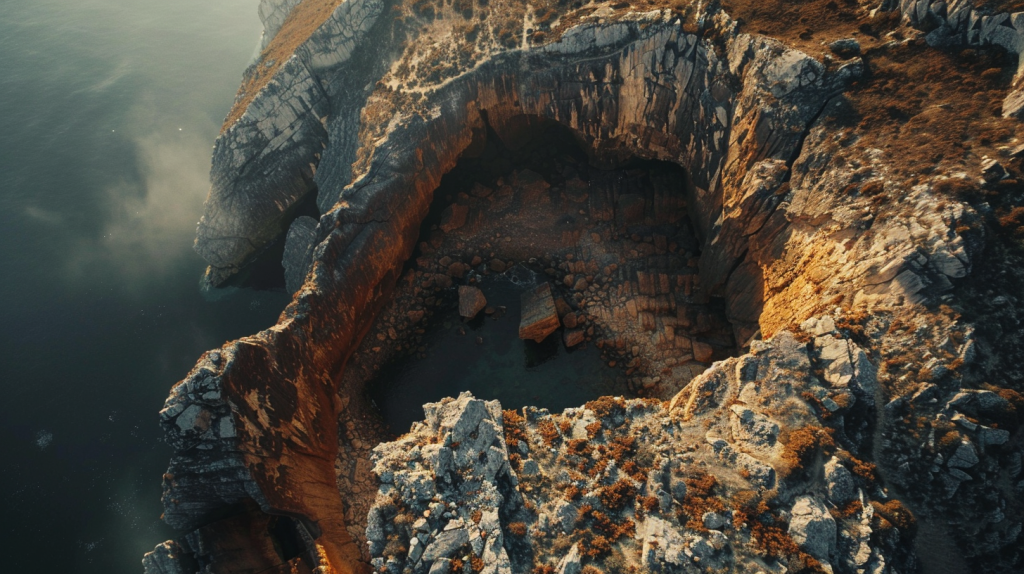
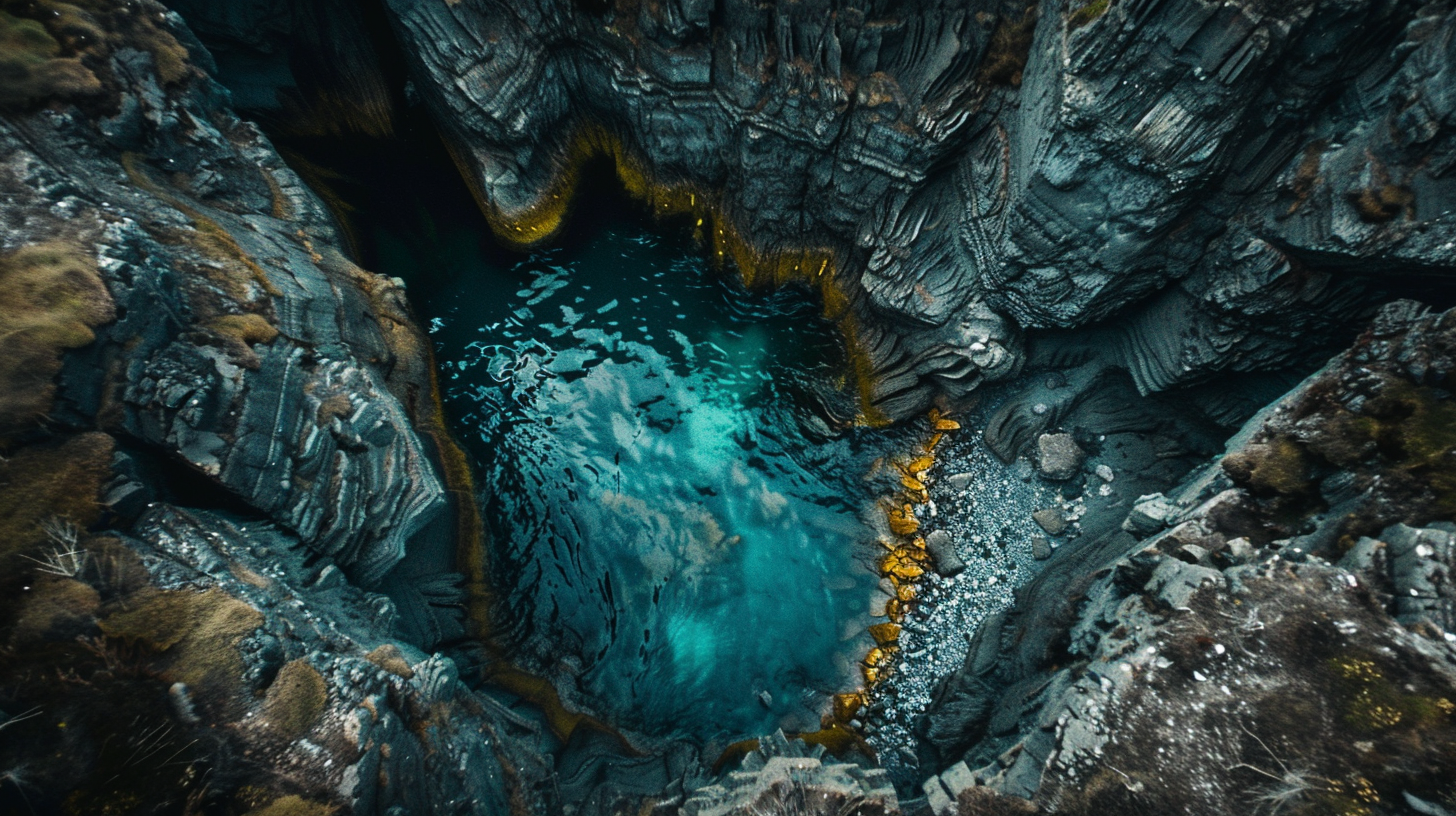
Cave Ecosystems
Cave ecosystems are typically divided into three distinct zones:
- Entrance Zone:
• Characterized by fluctuating temperature and light
• Hosts both surface and cave-adapted species
• Example inhabitants: Bats, cave crickets, and some plants - Twilight Zone:
• Limited light penetration
• Temperature more stable than the entrance
• Home to troglophiles – organisms that can live both in and out of caves - Dark Zone:
• Complete darkness
• Constant temperature and high humidity
• Inhabited by troglobites – species adapted to live exclusively in caves
Troglobites: The True Cave Dwellers
These fascinating creatures have evolved unique adaptations for cave life:
- Lack of pigmentation: Many appear white or translucent
- Reduced or absent eyes: Vision unnecessary in total darkness
- Enhanced non-visual senses: Developed to navigate and find food
- Example: Olm (Proteus anguinus) – can go without food for up to 10 years!
The Energy Paradox
Caves present a unique challenge: How does life thrive without sunlight for photosynthesis?
- Primary energy sources:
- Organic material washed in from the surface
- Guano (bat droppings)
- Chemosynthetic bacteria
- Food web example:
Bat guano → Guano beetles → Cave salamanders
Biodiversity Hotspots
Despite harsh conditions, caves can be incredibly diverse:
- Mammoth Cave (Kentucky, USA): Home to over 130 species
- Movile Cave (Romania): 48 unique species discovered in this sealed cave system
Microbial Marvels
Bacteria play a crucial role in cave ecosystems:
- Some can derive energy from inorganic compounds like sulfur
- Bacterial mats can form the base of cave food chains
- Example: Snottites – microbial colonies that look like mucus, with a pH as low as 0!
Conservation Concerns
Cave ecosystems are fragile and face several threats:
- Human disturbance: Increased cave tourism can disrupt delicate balances
- Pollution: Groundwater contamination affects cave water quality
- Climate change: Alters cave temperatures and humidity levels
Cave ecosystems remind us that life finds a way, even in the most challenging environments. From eyeless fish to bizarre bacteria, these underground worlds host a parade of evolutionary marvels. As we continue to explore and understand these delicate systems, we uncover not just the wonders of nature, but also the importance of preserving these unique habitats.
Next time you hear about a newly discovered cave creature, remember – it’s just the tip of the iceberg in the vast, hidden world beneath our feet!
Caving Adventures
Caving, also known as spelunking in the US or potholing in the UK, offers a unique blend of physical challenge, scientific discovery, and raw natural beauty. Here’s why it captivates so many:
- Untouched landscapes: Many caves remain largely unexplored
- Physical challenge: Navigate tight squeezes, climb, and sometimes swim
- Scientific value: Opportunity to study geology, biology, and paleontology firsthand
Getting Started: Caving for Beginners
If you’re new to caving, here’s how to start your underground journey safely:
- Join a caving club: Learn from experienced cavers
- Take a guided tour: Many show caves offer adventure tours
- Invest in proper gear: Helmet, headlamp, sturdy boots, and appropriate clothing are essential
- Learn basic techniques: Ropework, navigation, and safety procedures are crucial
Famous Caving Destinations
- Mammoth Cave National Park, Kentucky, USA
• World’s longest known cave system: Over 400 miles mapped
• Offers tours ranging from easy walks to challenging crawls - Waitomo Caves, New Zealand
• Famous for glowworm-illuminated caverns
• Adventure options include blackwater rafting - Son Doong Cave, Vietnam
• World’s largest cave passage by volume
• Multi-day expeditions available for experienced cavers - Krubera Cave, Abkhazia, Georgia
• World’s deepest known cave: 2,197 meters (7,208 feet) deep
• Expeditions here are for elite cavers only
The Caver’s Code: Respecting the Underground
Responsible caving is crucial for preserving these fragile environments:
- “Take nothing but pictures, leave nothing but footprints, kill nothing but time”
- Respect wildlife, especially cave-dwelling bats
- Never cave alone: Always go with an experienced group
Pushing the Boundaries: Extreme Caving
For the most adventurous, extreme caving offers the ultimate challenge:
- Cave diving: Exploring underwater cave systems
- Vertical caving: Using ropes to descend deep pits
- Survey expeditions: Mapping previously unexplored cave passages
Did You Know?
- The deepest underwater cave, Hranická Propast in the Czech Republic, has been explored to a depth of 404 meters (1,325 feet)
- The longest cave dive penetration was 24,000 meters (14.9 miles) in Sistema Ox Bel Ha, Mexico
Caving Safety: Always a Priority
Remember, caving can be dangerous. Always:
- Inform someone of your plans and expected return time
- Carry multiple light sources
- Be prepared for emergencies with first aid knowledge and equipment
Caving adventures offer a unique opportunity to explore one of the last frontiers on Earth. From the awe-inspiring beauty of massive caverns to the thrill of squeezing through tight passages, the underground world never ceases to amaze. Whether you’re a beginner taking your first steps into a show cave or an experienced caver planning an expedition, the world beneath our feet is waiting to be discovered.
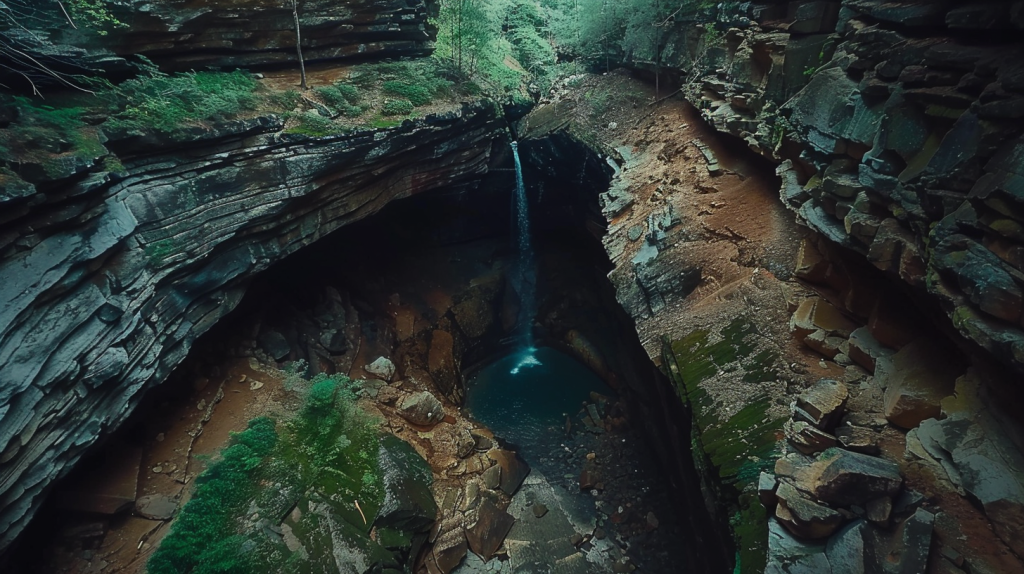
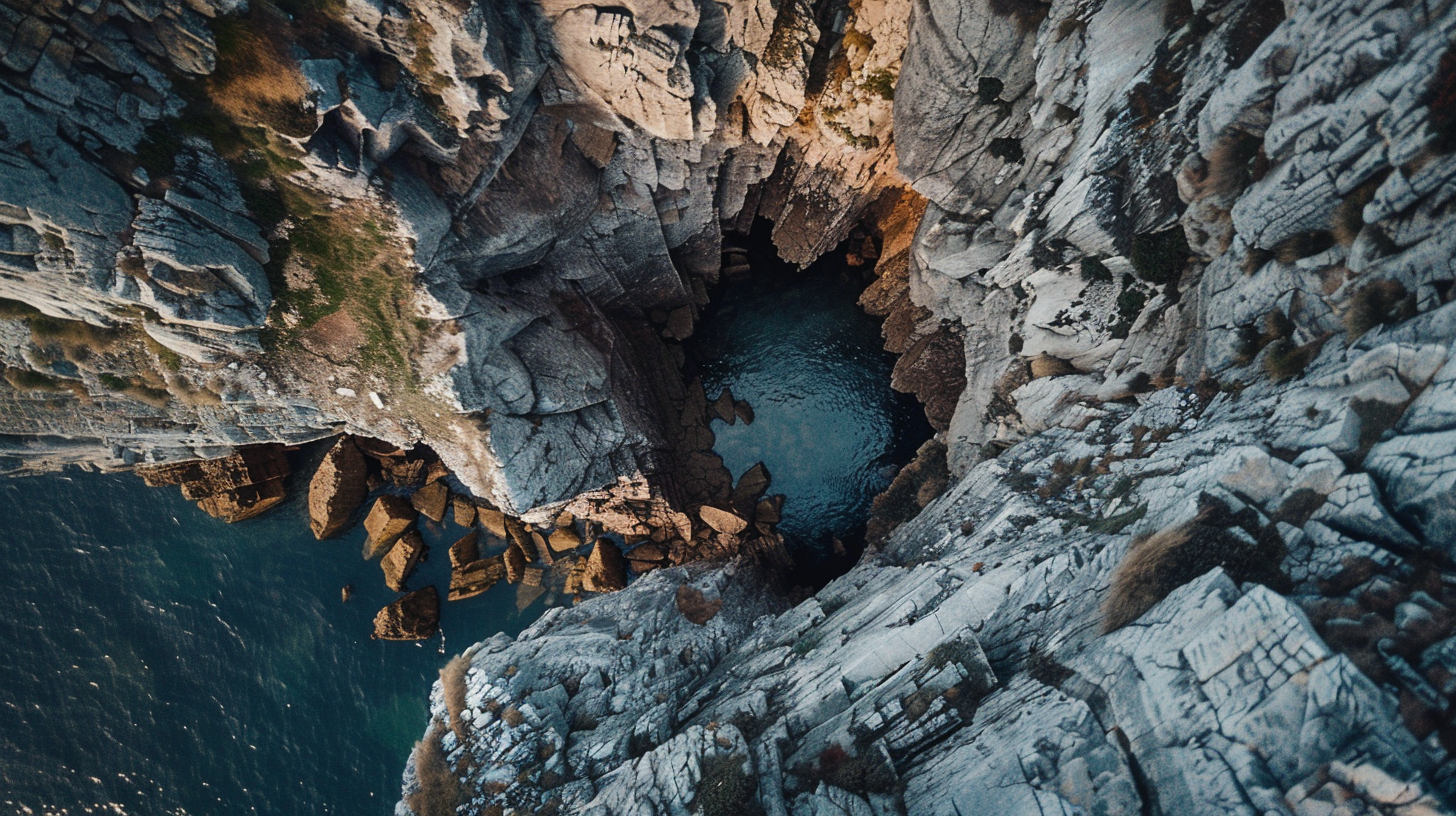
Cave Conservation
Caves are more than just holes in the ground. They are:
- Time Capsules: Preserving geological and climatic records spanning millions of years
- Biodiversity Hotspots: Home to unique, specially adapted species
- Water Reservoirs: Many caves are part of vital groundwater systems
- Cultural Heritage Sites: Often containing archaeological and paleontological treasures
The Fragile Nature of Caves
Caves are exceptionally vulnerable to damage:
- Formation Rate: Stalactites grow at an average rate of 0.13mm per year – a 3-inch stalactite could be 1,000 years old!
- Delicate Ecosystems: Cave-dwelling species are often endemic and highly sensitive to changes
- Non-Renewable Resources: Once damaged, many cave features cannot be restored
Threats to Cave Environments
- Vandalism and Theft: Graffiti, breaking formations, and removing cave artifacts
- Pollution: Groundwater contamination and littering
- Over-visitation: Excessive human traffic can alter cave climates and disturb wildlife
- Urban Development: Construction and quarrying can destroy cave systems
Conservation in Action
Here are some ways conservationists and cavers are working to protect caves:
- Cave Gating: Installing gates to control access to sensitive caves
• Example: Mammoth Cave National Park has gated over 30 cave entrances - Education Programs: Teaching visitors about cave ecology and conservation
• The National Speleological Society reaches thousands annually with conservation messages - Scientific Research: Studying cave ecosystems to inform protection strategies
• Recent discoveries: Over 48 new species found in Movile Cave, Romania - Clean-up Initiatives: Organizing volunteers to remove trash from caves
• Project Underground: A nationwide educational program focusing on karst and cave resources - Sustainable Tourism: Developing responsible cave tourism practices
• Jenolan Caves in Australia use LED lighting to reduce lampenflora growth
How You Can Help
Even if you’re not a caver, you can contribute to cave conservation:
- Follow the “Leave No Trace” principle when visiting caves
- Support organizations dedicated to cave protection
- Be mindful of water usage and pollution – what goes down your drain might end up in a cave
- Spread awareness about the importance of caves and karst landscapes
Did You Know?
- The United Nations declared 2021 the International Year of Caves and Karst to raise global awareness about these critical ecosystems
Cave conservation is not just about preserving pretty rock formations. It’s about protecting irreplaceable scientific data, safeguarding unique biodiversity, and ensuring the quality of our water resources. Every time we enter a cave, we have the responsibility to tread lightly and leave it as we found it – or better.
Famous Caves
Skocjan Caves
Škocjan Caves is a cave system located in Slovenia. Recognized for its exceptional significance, Škocjan Caves was included on UNESCO’s list of natural and cultural World Heritage Sites in 1986.
Cave of the Crystals
Cave of the Crystals or Giant Crystal Cave is a cave connected to the Naica Mine at a depth of 300 metres, in Naica, Chihuahua, Mexico. It takes the form of a chamber within the limestone host rock of the mine, and is about 109 metres long with a volume of 5,000 to 6,000 cubic metres.
Reed Flute Cave
The Reed Flute Cave, also known as “the Palace of Natural Arts,” is a landmark and tourist attraction in Guilin, Guangxi, China. The cave got its name from the type of reed growing outside, which can be made into flutes.
Son Doong Cave
Son Doong Cave in Vietnam. Even though this is the world’s largest cave, it was just discovered in 1991.
Waitomo Glowworm Caves
The Waitomo Glowworm Caves attraction is a cave at Waitomo on the North Island of New Zealand. It is known for its population of Arachnocampa luminosa, a glowworm species found exclusively in New Zealand.
Ajanta Caves
The Ajanta Caves are 30 rock-cut Buddhist cave monuments dating from the second century BCE to about 480 CE in the Aurangabad district of Maharashtra state in India. Ajanta Caves are a UNESCO World Heritage Site.
Our recent blog posts
Explore the Depths: Delve into Our Latest Blog Posts for Expert Insights!
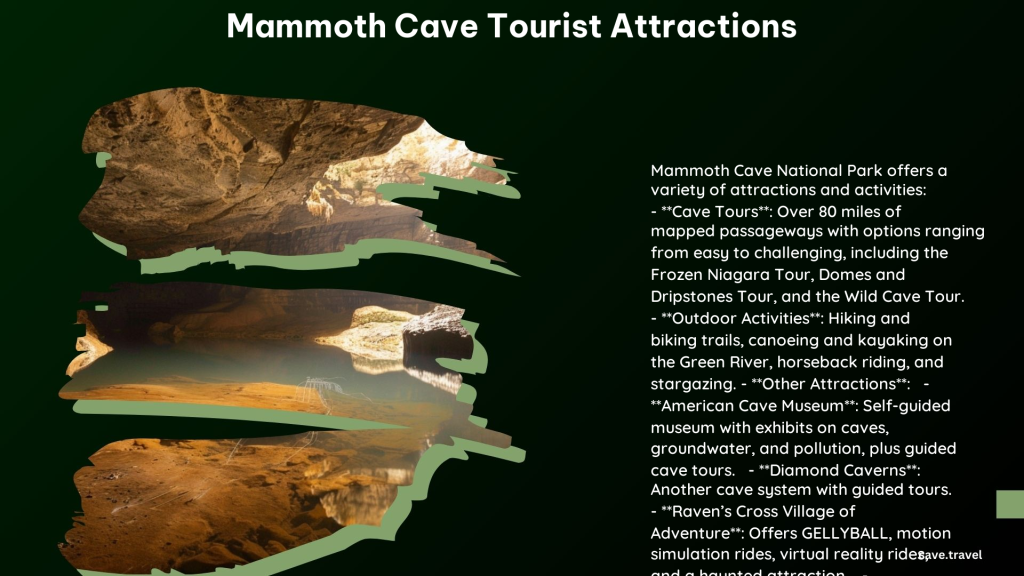
Cave Core Editors Desk
No comments
Mammoth Cave Tourist Attractions: Explore the Wonders of Kentucky’s Underground Marvels
Cave Core Editors Desk
No comments
Mammoth Cave Picnic Area: Amenities and Reservations
Cave Core Editors Desk
No comments
